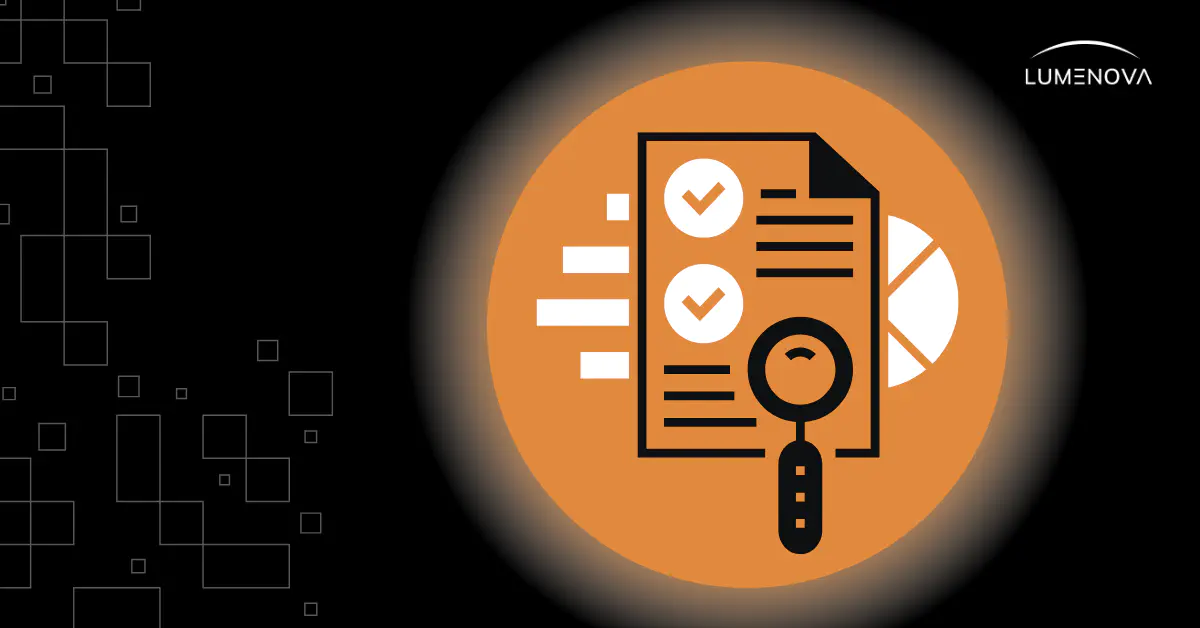April 22, 2025
How to Audit Your AI Policy for Compliance and Security Risks

Contents
As artificial intelligence (AI) becomes increasingly integrated into business operations, the associated AI risks are growing at a similar pace. Companies in highly regulated industries, in particular, should invest in robust oversight. AI systems are influencing key aspects of people’s lives, weighing in on everything from credit risk scoring to fraud detection and underwriting. If your organization’s AI policy doesn’t adequately account for compliance and security risks, it could jeopardize your brand rather than protect it.
SEE ALSO: Is It Time to Prioritize That AI Risk Assessment?
AI Risks: Compliance and Security
The regulatory landscape is evolving rapidly in response. In Europe, the EU AI Act aims to protect consumers from unfair and unethical AI practices by offering a framework to guide businesses in their AI use. In the United States, several states have begun following suit with regulations like Colorado Senate Bill 24-205: Algorithmic Discrimination Protection, NYC Local Law 144, and California Senate Bill 1047. If a company is found in violation of these pieces of legislation, the penalties can amount to significant sums of money.
Beyond legal regulations, there are significant security risks associated with poorly governed AI systems. Data leakage, adversarial attacks, and model manipulation don’t just expose an organization to financial loss – they can erode stakeholder confidence in your brand. Recovering from reputational damage that stems from incidents like that can be an uphill battle, and some businesses never recover.
Regular, thorough audits of your AI policy are key to proactively identify gaps that expose your company to unnecessary AI risk.
Steps to Audit Your AI Policy
Conducting an effective AI policy audit requires more than a checklist—it demands a structured, strategic approach that considers your organization’s unique regulatory obligations, risk appetite, and AI maturity. The following steps guide you through an effective audit process.
1. Define the Scope and Objectives
Start by defining exactly what you’re auditing. Are you assessing policy documentation, specific AI models, decision-making processes, and/or downstream outcomes? Narrowing the scope helps avoid ambiguity and ensures your audit is actionable. Establish clear, measurable objectives to keep the process focused and aligned with overall business goals.
2. Review Regulatory and Internal Standards
Next, determine which regulations and AI governance frameworks are most appropriate for your use case(s). Incorporating the latest regulatory guidance such as updates from NIST and ISO/IEC 42001 is an effective way to ensure your AI policy is up-to-date with our most recent understanding of AI risks. Internally, your organization might have risk management, data protection, and AI transparency standards in place for your team to consider.
3. Evaluate AI Policy Coverage
An effective AI policy should comprehensively address the entire AI lifecycle and its associated risks. It’s essential to confirm that all critical use cases in your business processes are covered. Review how well your policy mitigates AI bias, supports explainability, and protects against cyber threats. Any gaps in these areas can significantly impact your company’s operational integrity.
4. Assess Implementation Effectiveness
Even the most well-written policy has little value if it’s not followed in practice. To understand how team members truly adhere to the AI policy, interview stakeholders, audit systems logs, and use both qualitative assessments and quantitative testing as appropriate. Are model monitoring and documentation processes active and consistent? Are risk thresholds being enforced? This step helps you identify the delta between “policy on paper” and “policy in action.”
5. Perform Gap Analysis
With implementation insights in hand, conduct a structured gap analysis. Identify missing controls, overlapping responsibilities, or outdated protocols that no longer align with your current AI use cases or regulatory obligations. Benchmark your findings against leading frameworks to identify where your policy falls short of industry best practices.
6. Document Findings and Recommend Improvements
Finally, compile your findings into a clear, actionable report. Issues should be prioritized by severity, and each one should be accompanied by detailed recommendations for remediation.
Tools and Techniques for an Effective AI Policy Audit
While a human eye is crucial to interpret data and make impactful recommendations, manual audits are becoming more and more ineffective as AI systems increase in complexity. The right technology can increase the consistency, accuracy, and depth of your evaluation. There are three capabilities that will be of particular help during an AI policy audit:
– Automated Evaluation Engines
AI systems require both quantitative and qualitative evaluation to ensure they’re functioning within acceptable risk thresholds. Automated evaluation engines can test for fairness, bias, performance degradation, explainability, and other core dimensions across different stages of the model lifecycle. These tools not only streamline the auditing process but also provide evidence-based insights that can be tied directly to policy benchmarks or regulatory criteria.
– Ongoing Monitoring and Alerts
AI systems aren’t static. In fact, AI risks like model drift specifically refer to unintended, undesirable changes in model performance. Continuous monitoring tools like Lumenova track real-time model behavior, data inputs, and operational drift. Any deviations that could indicate risk exposure or policy violations get flagged, so the appropriate team member(s) are alerted and prompted to investigate.
– Audit Trail Documentation
Both internal governance and external accountability rely on documentation. Effective platforms offer detailed records to support compliance to these standards, which builds institutional memory—ensuring that decisions made today can be understood and defended tomorrow.
Learn More About How Lumenova AI Can Support Your AI Policy
At Lumenova, we understand what’s at stake when you need to audit and enforce your business’ AI policy. Our platform is designed to provide the documentation you’ll need, promptly alert you to unchecked AI risk exposure, and automate processes to save you time and increase your team’s (and your AI’s) productivity. Reach out to book a demo to learn more.